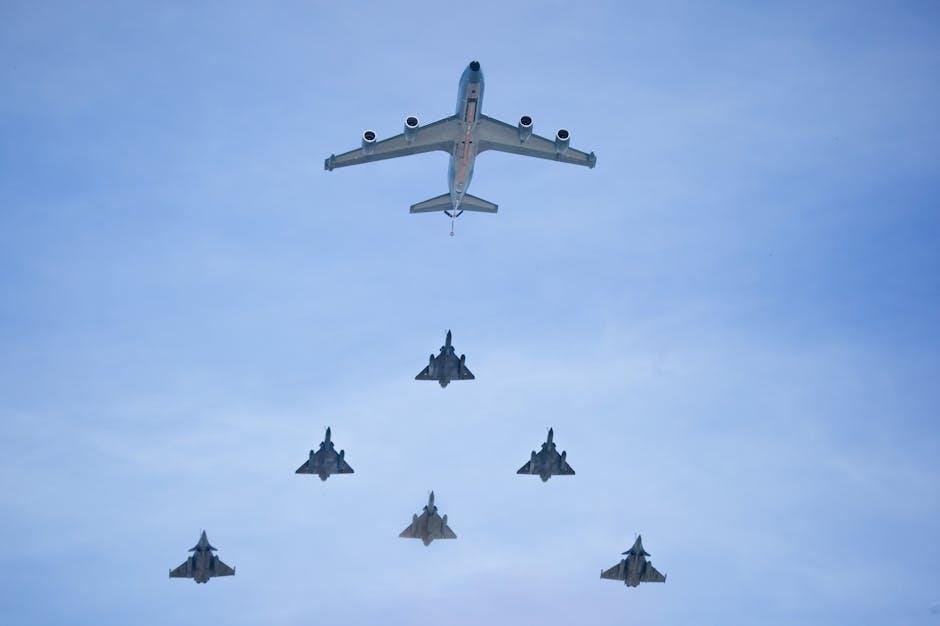Filmmaking, in its essence, is a delicate dance between illusion and reality. Nowhere is this more evident than in the high-octane world of the “Mission: Impossible” franchise, where each installment pushes the boundaries of action cinema. While the series is renowned for its audacious stunts and relentless pace, much of its visceral impact stems from the decision to film in real locations. This choice, however, brings a unique set of challenges that test the limits of creativity and logistics. In this article, we delve into the intricate process of filming in authentic settings, examining how these environments shape the legendary stunts and contribute to the franchise’s enduring appeal. Through an analytical lens, we explore the hurdles faced by filmmakers and the innovative solutions that ensure each breathtaking sequence leaves audiences on the edge of their seats.
Navigating Environmental Constraints in Real-World Filming
Filming in real-world locations presents a unique set of environmental constraints that can challenge even the most seasoned production teams. In the high-octane world of “Mission Impossible,” capturing breathtaking stunts often means contending with unpredictable weather, restricted access, and the need to preserve the natural environment. Weather conditions can drastically alter filming schedules, requiring crews to be agile and adaptive. A sudden rainstorm or unexpected snowfall can not only halt production but also pose safety risks for actors and stunt performers.
Navigating regulatory requirements is another critical aspect. Filming in iconic or protected sites often involves a labyrinth of permits and restrictions. These constraints necessitate creative problem-solving to ensure the stunts are executed without compromising the location’s integrity. Considerations include:
- Minimizing environmental impact by using eco-friendly materials and practices.
- Coordinating with local authorities to ensure compliance with legal and safety standards.
- Engaging with local communities to foster goodwill and cooperation.
The result is a delicate balance between achieving cinematic excellence and respecting the natural and cultural significance of the filming locations.
Balancing Authenticity and Safety in High-Stakes Stunts
Achieving the perfect blend of authenticity and safety is a complex dance, especially in the adrenaline-fueled world of Mission Impossible. When filming in real locations, the stakes are higher—not just for the characters, but for the entire production team. The allure of genuine settings adds a layer of realism that green screens simply can’t replicate. However, the unpredictable nature of these environments demands meticulous planning and coordination.
- Risk Assessment: Thorough evaluations of each location are crucial. Understanding potential hazards allows the team to implement necessary safety measures without compromising the scene’s authenticity.
- Innovative Techniques: Creative solutions, such as using hidden harnesses or strategically placed safety nets, enable actors to perform stunts that appear seamless to the audience.
- Collaboration: Engaging with local authorities and experts ensures compliance with safety regulations while respecting the natural and cultural integrity of the location.
Balancing these elements requires not only technical expertise but also a keen eye for cinematic storytelling. The result is a breathtaking experience that feels both genuine and exhilarating, a testament to the dedication and ingenuity of the filmmakers.

Managing Unpredictable Variables on Location
When filming high-octane stunts in real-world settings, the unpredictable nature of the environment becomes a formidable adversary. Weather conditions, for instance, can shift abruptly, transforming a clear sky into a stormy backdrop, challenging both the technical crew and the safety of the performers. Similarly, the presence of unexpected onlookers can disrupt scenes, necessitating quick adjustments and improvisations to maintain continuity. These variables require a dynamic and adaptive approach, demanding that crews be both resourceful and resilient.
- Local regulations: Navigating permits and legal requirements can delay production schedules.
- Traffic patterns: Urban settings may present logistical nightmares, requiring meticulous planning to avoid congestion.
- Ambient noise: Sound quality can be compromised by nearby construction or city sounds, complicating audio capture.
In the world of Mission Impossible, these challenges are magnified by the complexity and scale of the stunts. Each variable must be anticipated and accounted for, transforming potential obstacles into opportunities for creativity and innovation. This adaptability is the cornerstone of successful location-based filming, ensuring that the vision translates seamlessly from script to screen.

Optimizing Logistics for Seamless Execution
In the world of high-octane film production, optimizing logistics is crucial for ensuring that stunts, particularly those in the Mission Impossible series, are executed flawlessly. The complexities of real location filming demand meticulous planning and coordination. Transportation of equipment and personnel becomes a significant challenge when dealing with remote or urban environments. Effective solutions often involve:
- Advanced scouting to identify and assess potential logistical hurdles.
- Strategic scheduling to minimize disruptions and ensure timely setup and teardown.
- Local collaboration with authorities to secure necessary permits and access.
Furthermore, risk management is pivotal. The safety of the crew and cast during elaborate stunts requires comprehensive risk assessments and contingency plans. By leveraging cutting-edge technology and a robust communication network, production teams can dynamically adapt to unforeseen changes, ensuring that the high stakes of filming in authentic settings are met with precision and safety.

